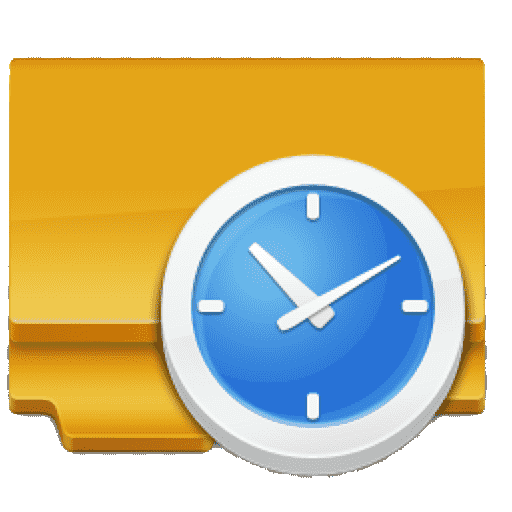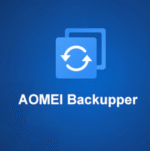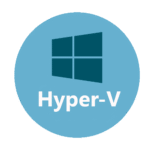Task Scheduler + PowerShell: Your Unseen, Unflappable Duo
Why You’ll Actually Use This Pair
Okay, so picture it: you write a nifty PowerShell script—maybe it cleans up temp files or emails you a daily report—then promptly forget to run it. Oops. Task Scheduler swoops in like a dependable sidekick, kicking off your script on cue. No more “Oh shoot, I forgot”—just set it once and let your PC handle the rest.
What’s Happening Behind the Scenes
PowerShell Scripts: Your secret sauce. From simple one-liners that purge old logs to multi-step chores that query Active Directory or hit a REST API, these scripts define what gets done.
Task Scheduler: The “when” wizard. Choose triggers—time-based (daily, at startup), event-driven (user logon, USB insertion), or even on idle—and Task Scheduler fires off powershell.exe with your flags (-NoProfile -ExecutionPolicy Bypass -File “C:\Scripts\MyTask.ps1”).
Together, they form a setup that’s oddly satisfying: write it, schedule it, and—boom—it runs, rain or shine.
Highlights You’ll Love
| What It Does | Why It’s Handy |
| Time & Event Triggers | Daily backups at 2 AM or cleanup when a flash drive appears. |
| Retry Logic | If your script hiccups, retry every 5 min—no manual restarts. |
| Highest Privileges | Run as SYSTEM or a service account—no “access denied” drama. |
| Parameter Passing | Reuse a single script with -ArgumentList for multiple tasks. |
| Export/Import | Save tasks as XML—version-control, share across machines. |
| Email Alerts | Built-in email action or roll your own SMTP notify in PowerShell. |
Quickstart in Four Moves
- Script It
Remove-Item C:\Temp\* -Recurse -Force - Create a Task
Open Task Scheduler → Create Task → Name (“TempCleanup”). - Set Trigger & Action
Trigger: Daily at 3 AM.
Action: powershell.exe + -NoProfile -File “C:\Scripts\Cleanup.ps1”. - Tweak & Test
Enable retries under Settings. Right-click → Run → confirm it behaves.
Pro Tips
– Module Up: Turn shared functions into .psm1 modules for reuse.
– Central Logs: | Out-File “C:\Logs\Task-$(Get-Date -f yyyyMMdd).log” -Append—easy audits.
– Secure Secrets: Use Get-Credential and encrypted files, not plaintext passwords.
– Monitor: A follow-up script can check Get-ScheduledTaskInfo and ping you on failures.
Parting Thought
Honestly, automating Windows chores this way feels like magic—once it’s set up, you almost forget it’s there. Until, of course, something breaks, and you’re thankful you’re not scrambling to hit “Run.” Give it a go, and reclaim those “Oops, I forgot” mornings.







